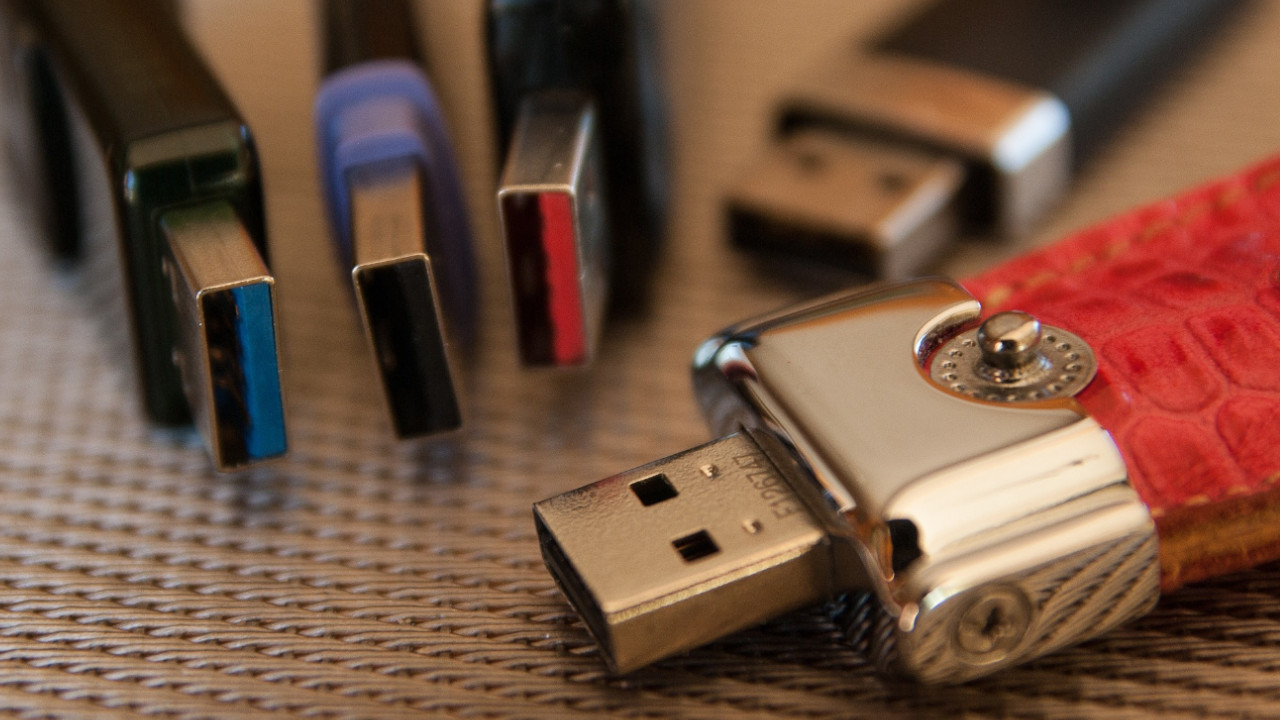Why do USB ports have so many different colors?

Anyone who buys a new USB device or a new gaming PC will have noticed that every USB port seems to have a different colour. But why is that and what is behind the color code?
These days, you plug pretty much any device like a gaming headset, mouse, or keyboard into your gaming PC or console with a USB cable. However, if you look at the USB ports, you will see that each USB port has a color.
USB was originally introduced as a universal interface (USB stands for Universal Serial Bus) so that you only need one type of cable on the computer. But where does this color code come from and what does it actually mean for all the devices? Because in practice you can plug the classic, rectangular USB plug (USB-A) into any port.
Colors have been around since USB was born, but not everyone uses them consistently
who introduced the colors? Officially, the colors are industry standards that are used across the board for USB devices. But that sounds easier than it is.
What’s the problem with the colors? The colors of the connectors are not defined in the USB specifications and are not always used consistently. For example, manufacturer Razer relies on green USB ports for a uniform design. Other manufacturers rely on pink connections because that fits in with the rest of the design.
In the most annoying case, you have to look at the manufacturer’s manual or pay attention to the symbols. Because the symbols and logos are standardized. For example, there is a small “SS” in front of the USB symbol for USB 3.0.
What can be determined, however, is that the first USB connector was white and was introduced in 1996. Here we present the most popular colors individually. Most people are probably already familiar with the colors white, black and blue. But there are other colors that are less well known.
Certain colors have the same meaning for most manufacturers
What does white stand for? White USB ports stand for USB 1.0 and you hardly find them these days. You can still find the white connection on inexpensive small devices such as webcams. The speed is 12 Mbit/s .
What does black stand for? Black USB ports stand for USB 2.0. The connection first appeared in 2000 and can still be found on a number of devices. Above all, you connect mice and keyboards with USB 2.0 today, because you don’t need faster performance there. USB 2.0 achieves a speed of up to 480 Mbit/s.
What does blue stand for? Blue USB ports stand for USB 3.0. The blue connectors have been around since 2008 and stand for “Super Speed.” That’s why you’ll often find a small “SS” on USB 3.0 ports. The speed is 5 Gbit/s
What does purple stand for? Purple or teal ports represent USB 3.1. In some cases there are still gradations to USB 3.1 Gen 2 and USB 3.2. The abbreviation stands for SuperSpeed+ and officially achieves speeds of up to 10 Gbit/s. The state of the art has existed since 2013.
What other colors are there? There are also yellow, red and orange. However, they do not stand for speeds, but only indicate a specific function. The colors indicate that these USB ports are permanently supplied with power and you can use them as charging sockets.
You can plug any USB device into any color, in practice you lose performance
In theory, you can plug the rectangular USB connector (USB-A) into any port. The colors don’t matter at first, because you can easily plug a USB 3 stick into a USB 2 port. Your computer will not complain and will recognize the device.
In practice, of course, you lose the advantage of the USB 3 device this way. Because the USB 3 device (5 Gbit/s) then works at maximum with the performance of USB 2.0 (480 Mbit/s.). In any case, the recommendation is to buy devices with USB 3 or faster, since USB 2.0 is considered obsolete, at least for USB sticks and other storage devices.
Annoyed by the many cables? Do you have dozens of USB cables and don’t feel like crawling under your desk anymore? Then do it like MeinMMO editor Patrick Freese. He bought a USB hub that makes cable management much easier:
A €30 USB hub saves my gaming PC cable management
Reference-mein-mmo.de